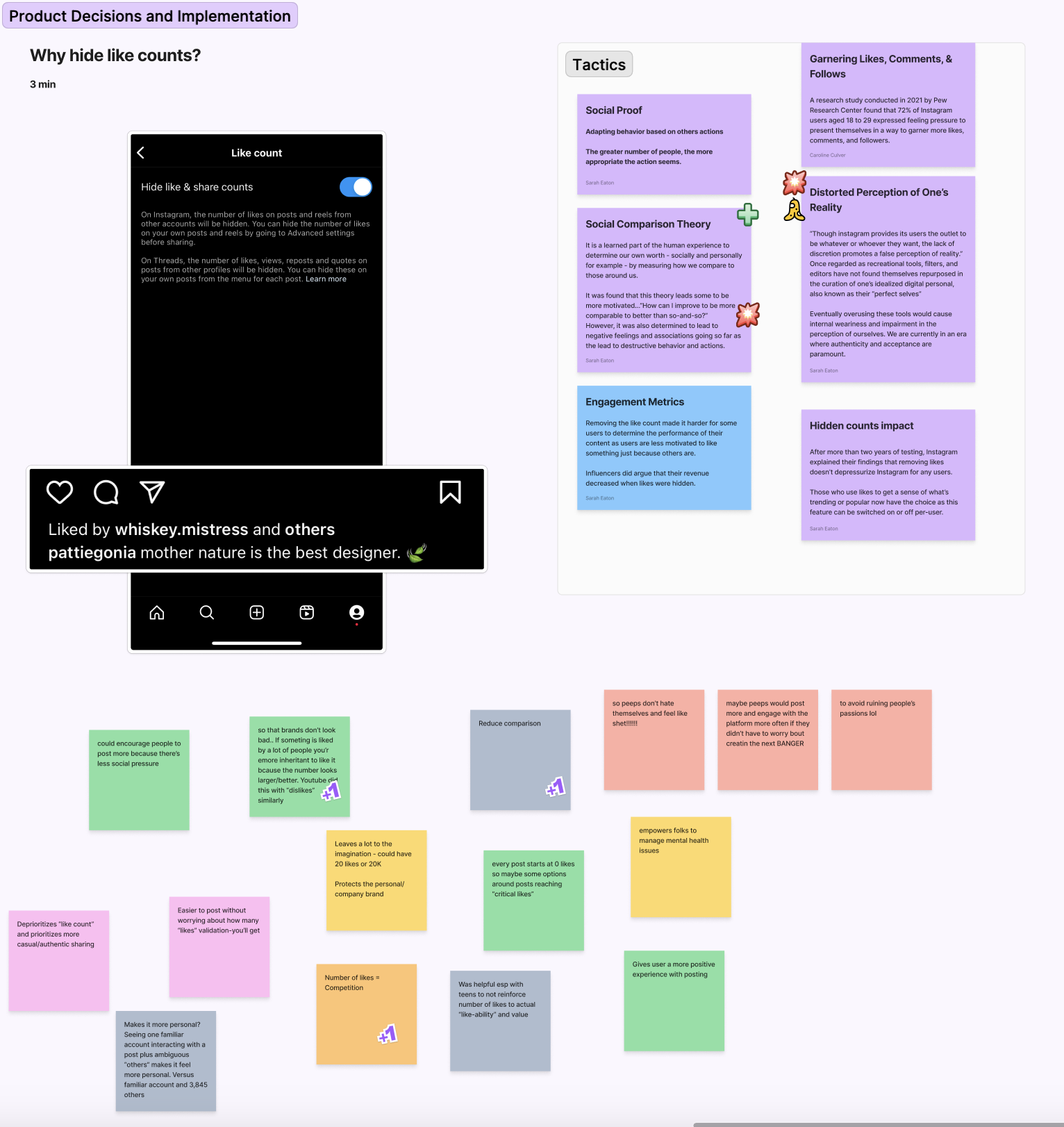
This group was a passion project I spearheaded as a Senior Manager at Dialexa. Myself and one other coworker both have backgrounds in Applied Cognition, HCI, and neuroscience. I reached out to see if she wanted to join in forming an initiative to host workshops and behavioral design sessions where we'd bring new knowledge, terms, and tactics to our those on our team who were interested.
This initially came to me a year or so prior to starting the club. I was working on a project where I observed how excited our clients got whenever I used behavioral terms such as 'variable rewards' or 'goal gradient effect' and especially 'progressive disclosure'. I picked up on the fact that they didn't always grasp what these meant or how they impacted the product experience but they loved how intelligent it made them sound in the decision making process. The would latch on to ideas and eventually grasp them and go on to use them to sell their products. This experience inspired me to spread awareness and help others on our team become more familiar with these terms and use them in our research and design phases of projects.

• Provide broader Behavioral knowledge to team members in the form of workshops, vocabulary, and conceptual tactics when researching and designing
• Providing clarity on where in the lifecycle (research, design, engineering, all) these could be called out or were more impactful
• Give our team members a low-stakes environment to learn, fail, and grow in facilitating and trying out new workshops such as the COM-B model
• Ideate on new and innovative ways that certain workshops or tactics could be further pushed and utilized


We started by outlining what information we found useful across projects we've worked on. We then began to ideate on what structure we wanted our meetings to take in an effort to be engaging, interactive, educational, and actually useful.
We essentially spent many sessions brainstorming, capturing sticky notes, diverging and converging and seeing what patterns emerged. After we determined the key elements we both found useful we started to structure ways to measure what our team already knew, what was relatively familiar, and where they could learn more.
We then began to structure the activities. After we held our first meeting we had even more information to go on to drive meaningful meetings. We learned each time we held a meeting and also recapped the previous months activity. The content we covered and how we approached each meeting was informed by the prior months activity and insight from the team. Most recently we've been covering how to use the COM-B model on a project. We are continuing to prime the team to feel comfortable using this model by applying it to ourselves, our teams, and even within 1-1 meetings to understand our direction reports Capability, Opportunity, and Motivations to see what behaviors they could drive to further their own growth.
